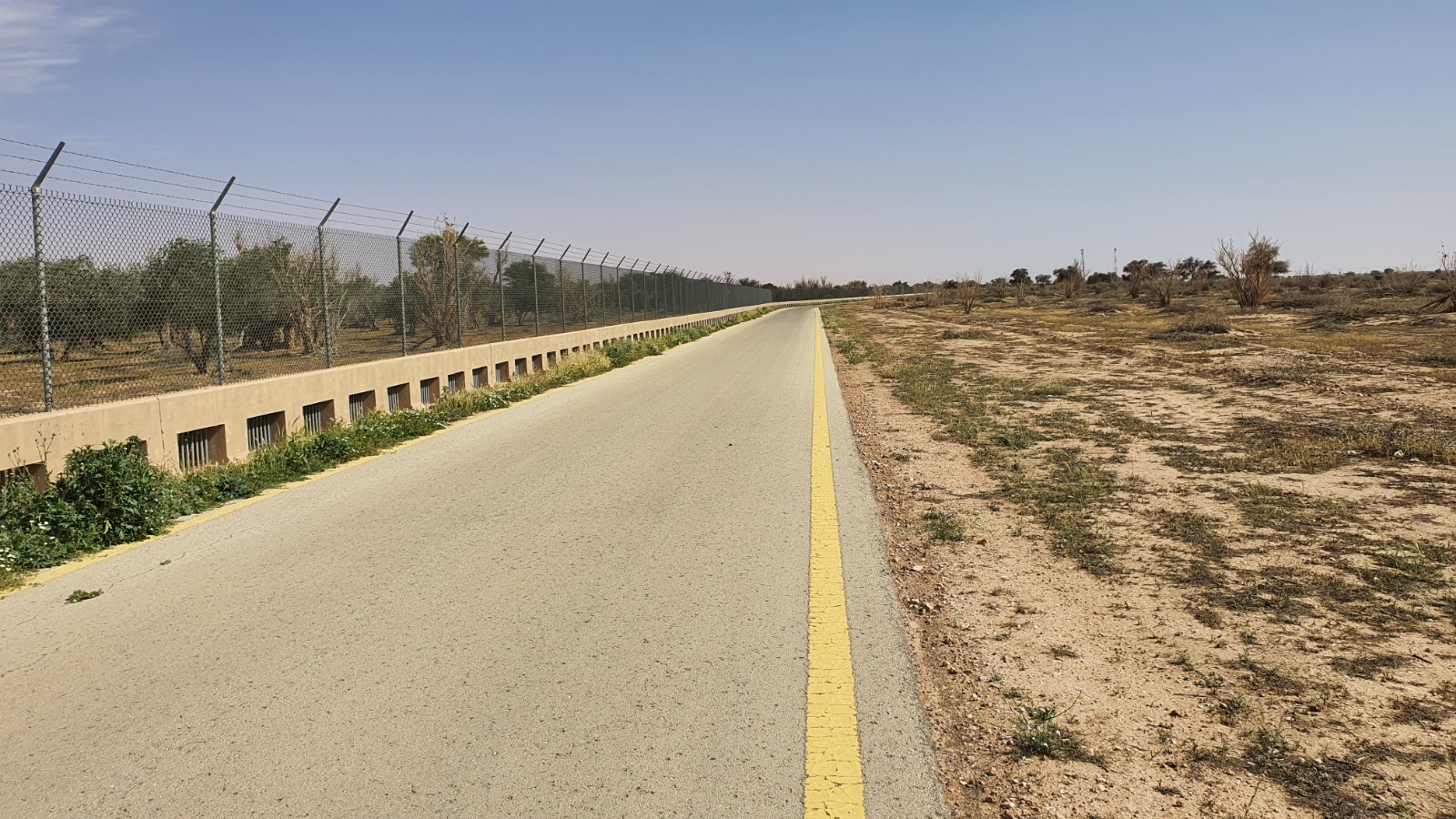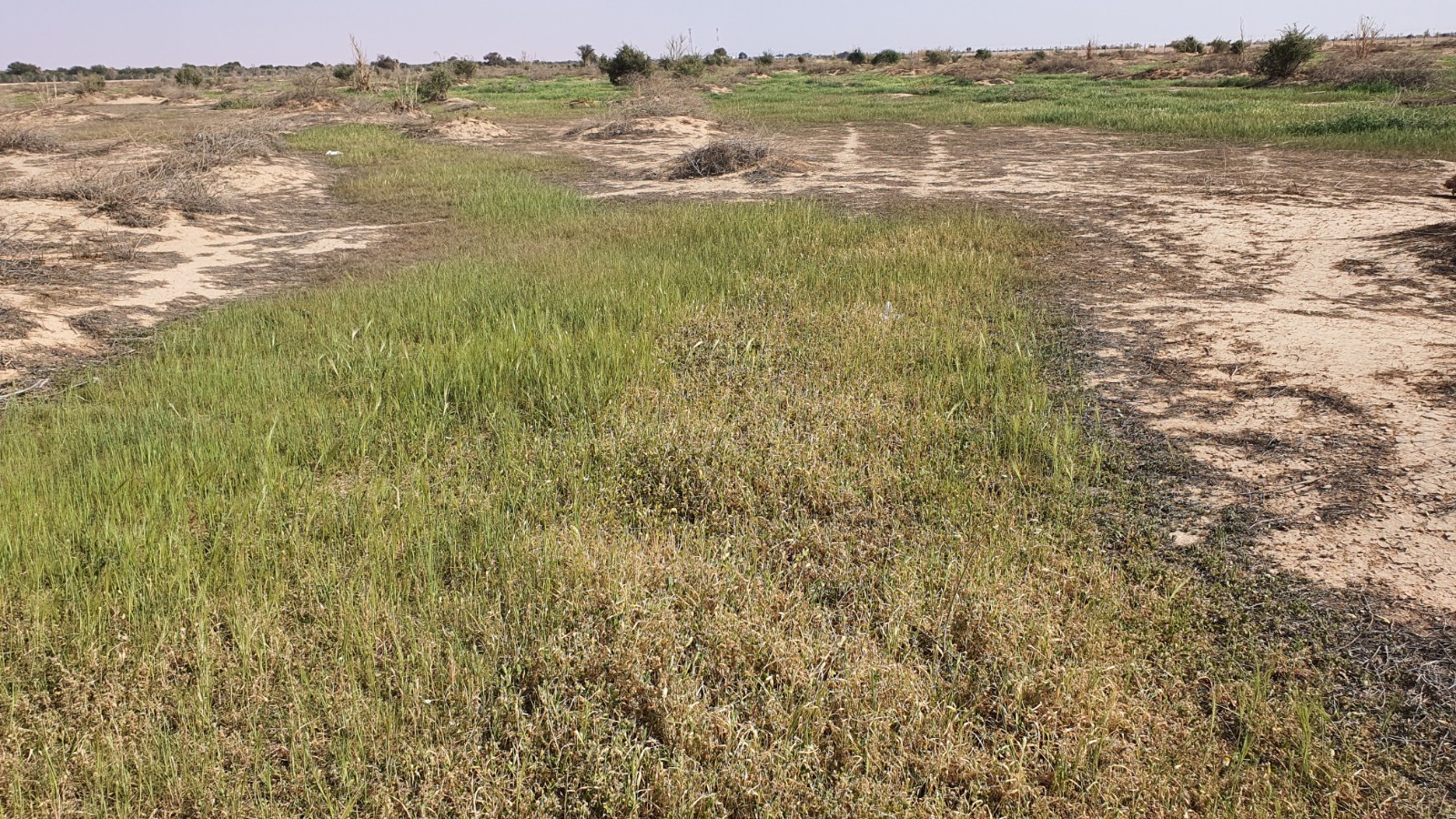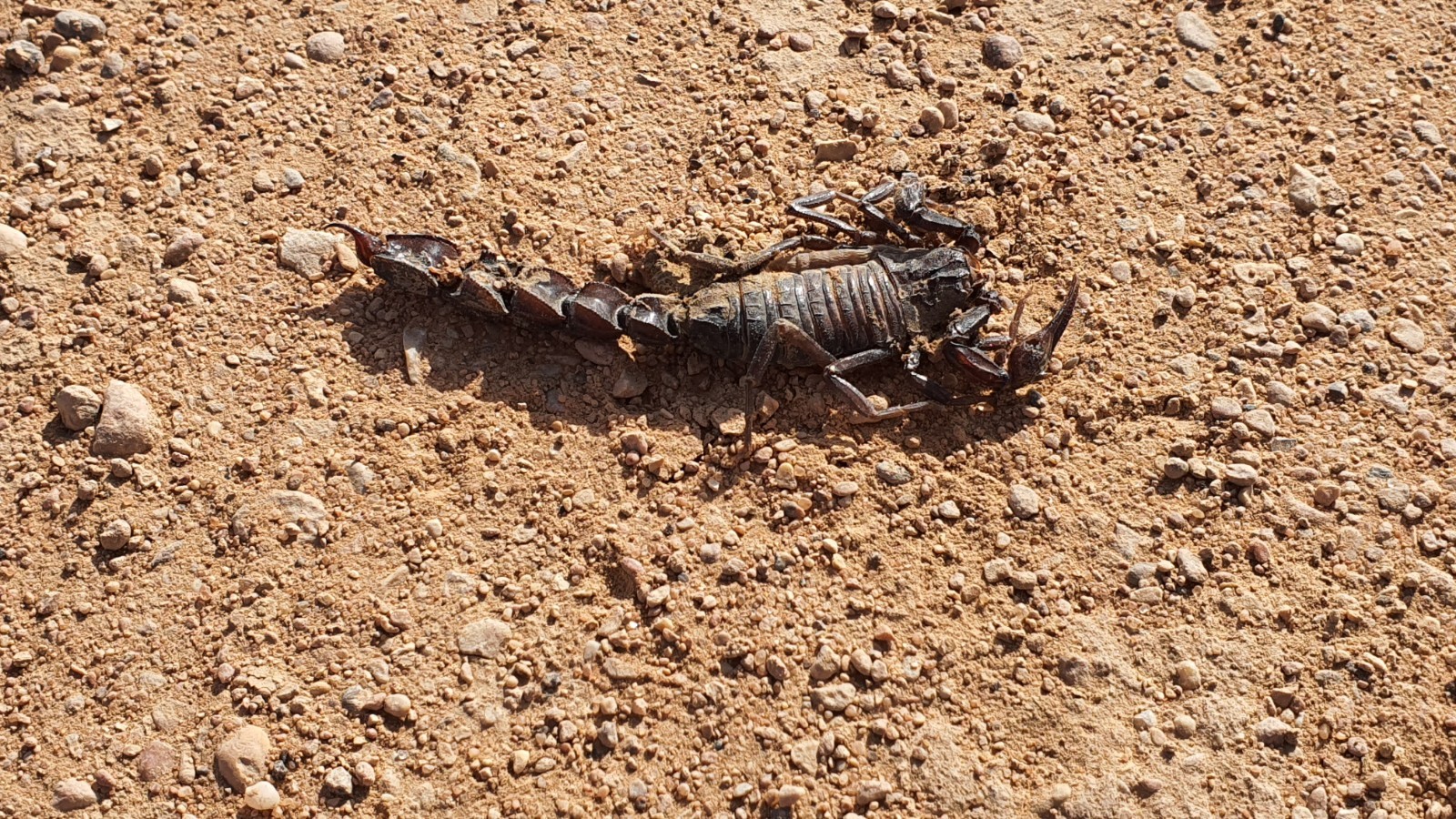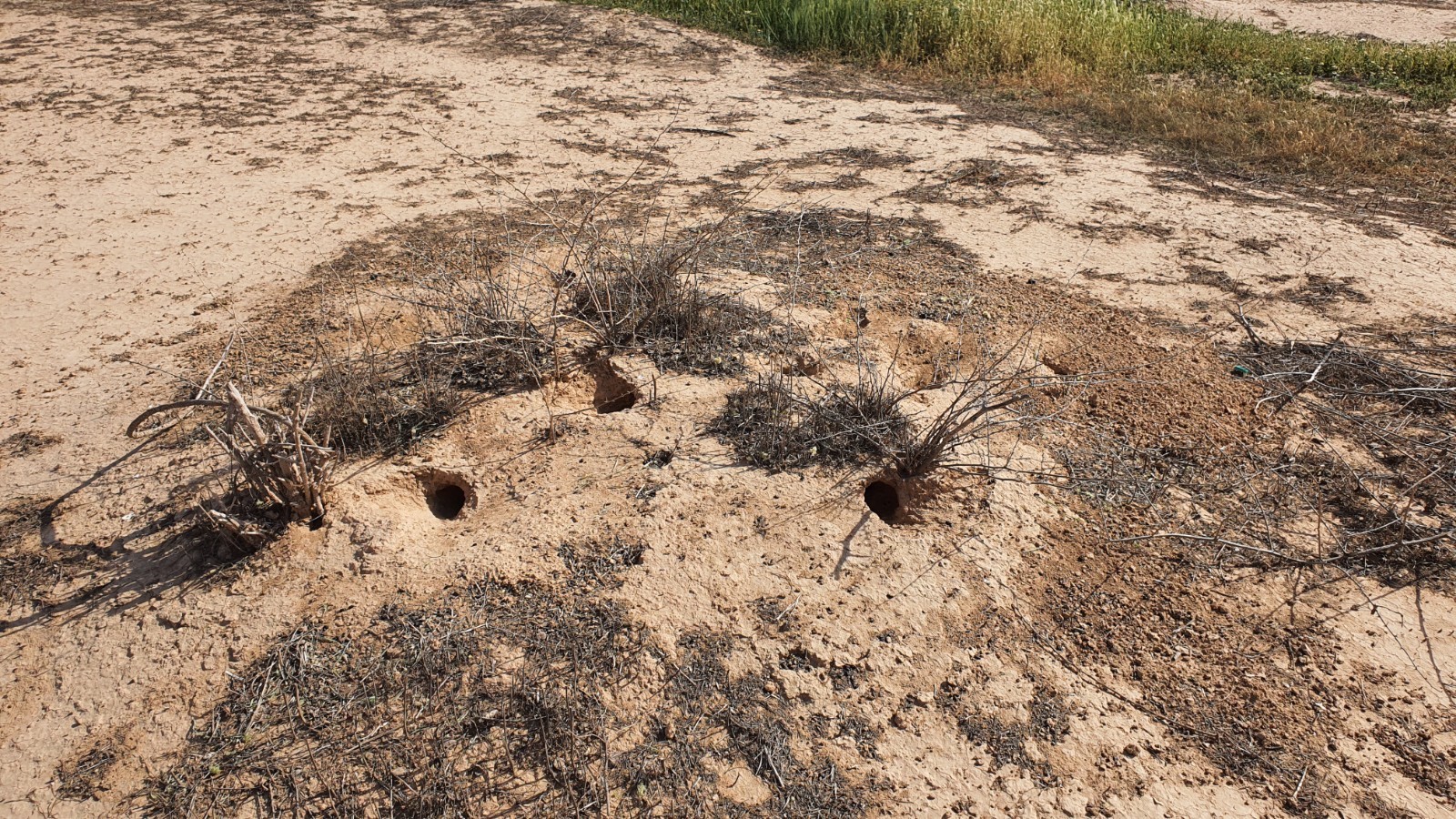We are going to see the greenery
When I was at school our class studied a poem which forecasted a point in the future when the planet’s species would be much reduced by the effects of mankind. So I looked it up on t’Internet and found that it was by an Alan Brownjohn, whom I did not recall. Here’s the first part:
We are going to see the rabbit.
We are going to see the rabbit.
Which rabbit, people say?
Which rabbit, ask the children?
Which rabbit?
The only rabbit,
The only rabbit in England,
Sitting behind a barbed-wire fence
Under the floodlights, neon lights,
Sodium lights,
Nibbling grass
On the only patch of grass
In England, in England
(except the grass by the hoardings
Which doesn’t count.)
We are going to see the rabbit
And we must be there on time.
First we shall go by escalator,
Then we shall go by underground,
And then we shall go by motorway,
And then by helicopterway,
And the last 10 yards we shall have to go
On foot.
This poem crept
unbidden into my consciousness last weekend when, on a nice springtime day with
little wind and the temperature a cool 27 degrees we decided to take the dog
for a walk in the King’s Forest. A very useful website called “Blue Abaya” gives
helpful hints to ex-pats on things to do as well as lifestyle tips. It is run by
a Norwegian lady who has been here for a while. So under the section “Places to
visit in the Riyadh Desert” we thought we’d visit Rawdhat Kuraim (King’s
Forest). Blue Abaya helpfully informs
her readers that “Riyadh” is the Arabic plural of “Rawdhat”, meaning Riyadh
translates as “Gardens”. Really?
So off we set, more in hope than expectation as more than once we have tried to get to a place that has turned out to have moved, ceased trading, or just been inaccessible. But on this occasion we succeeded and were rewarded by finding a place we could drive to, park at, walk into and freely walk about without being bothered. So, an hour outside Riyadh to the north-east, near the town of Rumah is an oasis which appears to be a wild forest with various sorts of trees, bushes and grasses growing within. I’m sorry, I’m no botanist so could not even start to name any of the flora we came across. The inner part of the forest is fenced off and the access road stops at a gatehouse, and Mo Public can go no further. But the outer ring of the forest is accessible, and you can park your car one side of the gate or the other (or if you have off-road capability you can circumnavigate the forest via trails that seem from satellite photography to to be about 14km long).

Public area to the right, restricted part to the left. The road is not accessible by visitors' vehicles which are parked a few hundred metres to the right
We arrived in the early afternoon, and set off for a leisurely amble. We came across the occasional Saudi families who had set up the camps under trees, and who called out friendly greetings to us. Once we had a bit of clearance from them we let the dog off her lead, and Elaine de-abayed. The terrain was flattish with minor undulations and occasional trees, bushes and stretches of scrubby grass, then in a few spots some lush longer grass. The latter even had common daisies growing amongst it. The area must be protected from grazing as no camel, sheep or goats were evident.

Surprisingly for KSA there was very little litter evident, the Saudis are notorious for not clearing up after picnics and I have seen families elsewhere just pick up their chairs and walk away from their food and disposable paraphernalia, leaving it to be redistributed by the wind. But not near the King’s Forest I’m glad to say. This is helped by provision of litter bins and signs in Arabic that I presume encourage tidiness. Whilst we were free to roam, we were very careful with our steps, keeping a sharp lookout for snakes, scorpion and other nasties.

We had a very pleasant amble about, and then as we returned towards the car we met a constant stream of Saudi families heading towards their picnic spots. Not only did the Saudis come in their throngs to picnic, but a support infrastructure had popped up too. Asian men had appeared and were seen portering picnic hampers, chairs, wood, water and other essential accoutrements for life outdoors in the fringes of the desert as big families stepped out of their 4x4s. Even an ice cream van had turned up!
Our dog, Belle, was a great source of interest and wonderment to Saudi children who don’t as a rule come much into contact with dogs. Time and again we had to pick her up and hold her whilst timid nippers poked at her without any understanding of how dogs respond to positive stroking. Fortunately there was no incident of return nipping as we kept tight hold of her
.

I wonder who lives here?

And so back to the city. If you are reading this in the (currently flooded) UK, it seems strange to drive for an hour to be able to walk on grass and see trees and bushes. But that’s a treat for us in Riyadh.
No rabbit though.
